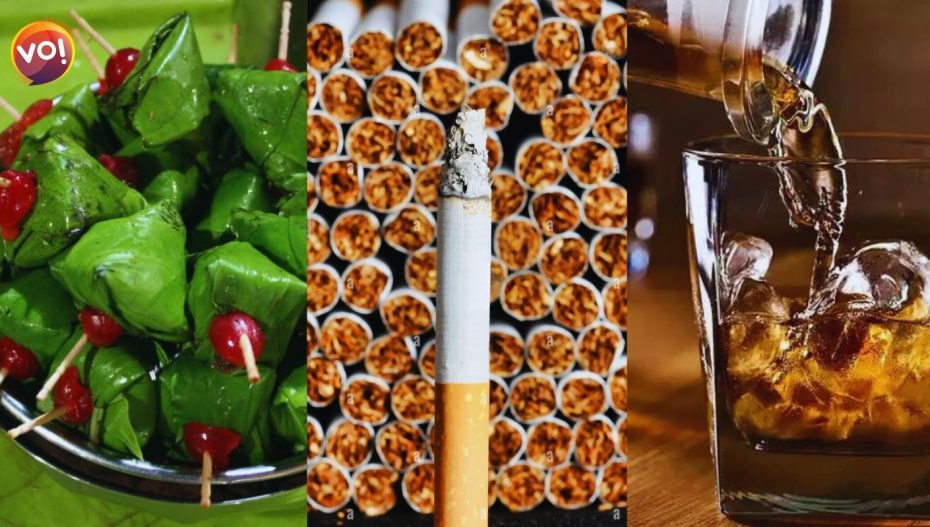A recent survey by the government has revealed some interesting trends in the consumption patterns of Indians in the last 10 years. The survey, which measured the monthly per capita expenditure (MPCE) of households across rural and urban areas, showed that Indians spent more on paan, tobacco, liquor, beverages, and processed food, but less on education.
According to the Household Consumption Expenditure Survey (HCES) 2022-23, which was conducted by the National Sample Survey Office (NSSO) from August 2022 to July 2023, the share of paan, tobacco, and intoxicants in the total household expenditure increased from 3.21% to 3.79% in rural areas, and from 1.61% to 2.43% in urban areas, in the last decade.
On the other hand, the share of education in the total household expenditure decreased from 6.90% to 5.78% in urban areas, and from 3.49% to 3.30% in rural areas, in the same period.
The survey also found that Indians spent more on beverages and processed food, which accounted for 10.64% of the total household expenditure in urban areas, and 9.62% in rural areas, in 2022-23. This was an increase from 8.98% and 7.90%, respectively, in 2011-12.
Another category that saw an increase in spending was conveyance, which rose from 6.52% to 8.59% in urban areas, and from 4.20% to 7.55% in rural areas, in the last decade.
The survey also showed that the MPCE, which is an indicator of the standard of living, more than doubled in both rural and urban areas, at current prices and at 2011-12 prices, in the last decade.
The average MPCE at current prices (without imputation) was ₹6,459 in urban areas, and ₹3,773 in rural areas, in 2022-23. This was a significant increase from ₹2,630 and ₹1,430, respectively, in 2011-12.
The average MPCE at 2011-12 prices (without imputation) was ₹3,510 in urban areas, and ₹2,008 in rural areas, in 2022-23. This was also higher than ₹2,630 and ₹1,430, respectively, in 2011-12.
The survey also calculated the MPCE with imputation, which included the value of items received free of cost by the households through various social welfare programmes, such as rice, wheat, salt, sugar, edible oil, laptop, tablet, mobile handset, bicycle, motorcycle, clothing, and footwear.
The average MPCE with imputation at current prices was ₹6,521 in urban areas, and ₹3,860 in rural areas, in 2022-23. This was also more than ₹2,630 and ₹1,430, respectively, in 2011-12.
The average MPCE with imputation at 2011-12 prices was ₹3,544 in urban areas, and ₹2,054 in rural areas, in 2022-23. This was also higher than ₹2,630 and ₹1,430, respectively, in 2011-12.
The survey was based on the data collected from 2,61,746 households (1,55,014 in rural areas and 1,06,732 in urban areas) in the central sample spread over all states and Union Territories.
The survey aimed at providing estimates of the household MPCE and its distribution separately for the rural and urban sectors of the country, for states and Union Territories, and for different socio-economic groups.
Flipkart UPI: New Way To Pay With Flipkart and Axis Bank. Click Here










